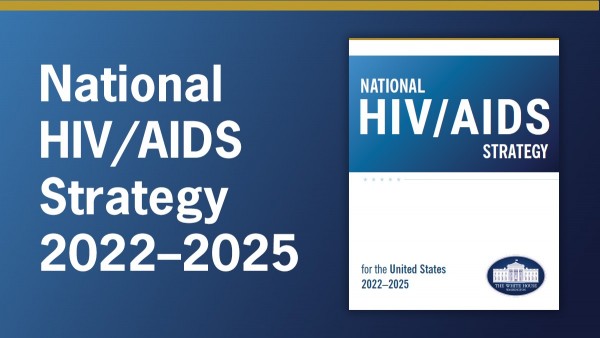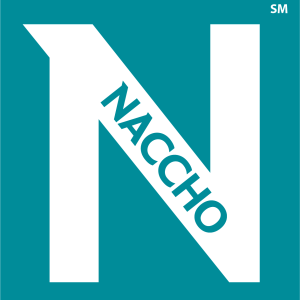As part of their activities to commemorate World AIDS Day, the White House released today the National HIV/AIDS Strategy for 2022-2025 (NHAS). The Strategy will accelerate the nation’s work to end the HIV epidemic in the U.S. by 2030, re-energizing and strengthening a whole-of-society response to the epidemic. The White House also commemorated World AIDS Day with a proclamation.
The White House’s new National HIV/AIDS Strategy will accelerate our work to end the HIV epidemic in the U.S. by 2030, re-energizing and strengthening a whole-of-society response to the epidemic.
As the voice of the nearly 3,000 local public health departments in the U.S., NACCHO is eager to work with our local, state, community, and federal partners to enact the vision of this Strategy. As envisioned in the strategy, people with or at risk for HIV continue to play crucial roles in ending the HIV epidemic as public health professionals; health care providers; staff of faith- and community-based organizations; educations; researchers; and more. NACCHO recognizes that more work is needed to center the voices of this community in the charge to the end HIV epidemic, and we are grateful for the efforts of all local health department staff advancing this vision in their localities.
Key Updates to the National HIV/AIDS Strategy
In order to end the HIV epidemic in the U.S. by 2030, the Strategy articulates four goals, and aligned objectives and strategies to prevent new infections, improve health outcomes of people, reduce HIV-related disparities, and better integrate and coordinate the efforts of all partners to achieve the bold targets for ending the epidemic.
This includes putting equity at the center of our work so that no groups or places are left behind, and accelerating a more robust whole-of-society response to HIV. For the first time, the NHAS recognizes racism as a serious public health threat that directly affects the well-being of millions of Americans, acknowledges ways it drives and affects HIV outcomes, and highlights numerous opportunities to intervene to eliminate the HIV-related disparities that result and pursue equity in our national HIV response. This year’s update additionally brings a new focus on quality of life for people with HIV.
The Strategy designates 5 priority populations disproportionately impacted by HIV and adds a new focus on the needs of the growing population of people with HIV who are aging. The updated NHAS also calls for expanding engagement opportunities for people with lived experience in all parts of HIV research, planning, and service delivery; draws attention to the need for state and local leaders to reform outdated HIV criminalization laws; and puts greater emphasis on the important roles of harm reduction and Syringe Services Programs in our national response to HIV, as well as to hepatitis C virus infection and substance use disorder.
What’s Next: Resources and More
A Federal Implementation Plan outlining specific actions federal departments and agencies will take to achieve the strategy’s goals and objectives will be produced in early 2022. In the meantime, read more about the plan by visiting the following resources:
- National HIV/AIDS Strategy: What You Need to Know highlights the major updates and priorities contained in the updated NHAS.
- NHAS At A Glance briefly summarizes the Goals, Objectives, and Strategies that are discussed in detail in the full NHAS report.
To learn more about what’s new and what’s next for the National HIV/AIDS Strategy, local public health staff, partners, and supporters are encouraged to register here for an informational webinar hosted by HIV.gov on December 9.
Help spread the word about the new NHAS by sharing these resources with your colleagues. To end the HIV epidemic, each of us has a role to play. That once unthinkable goal is now within our reach, if we work together.

